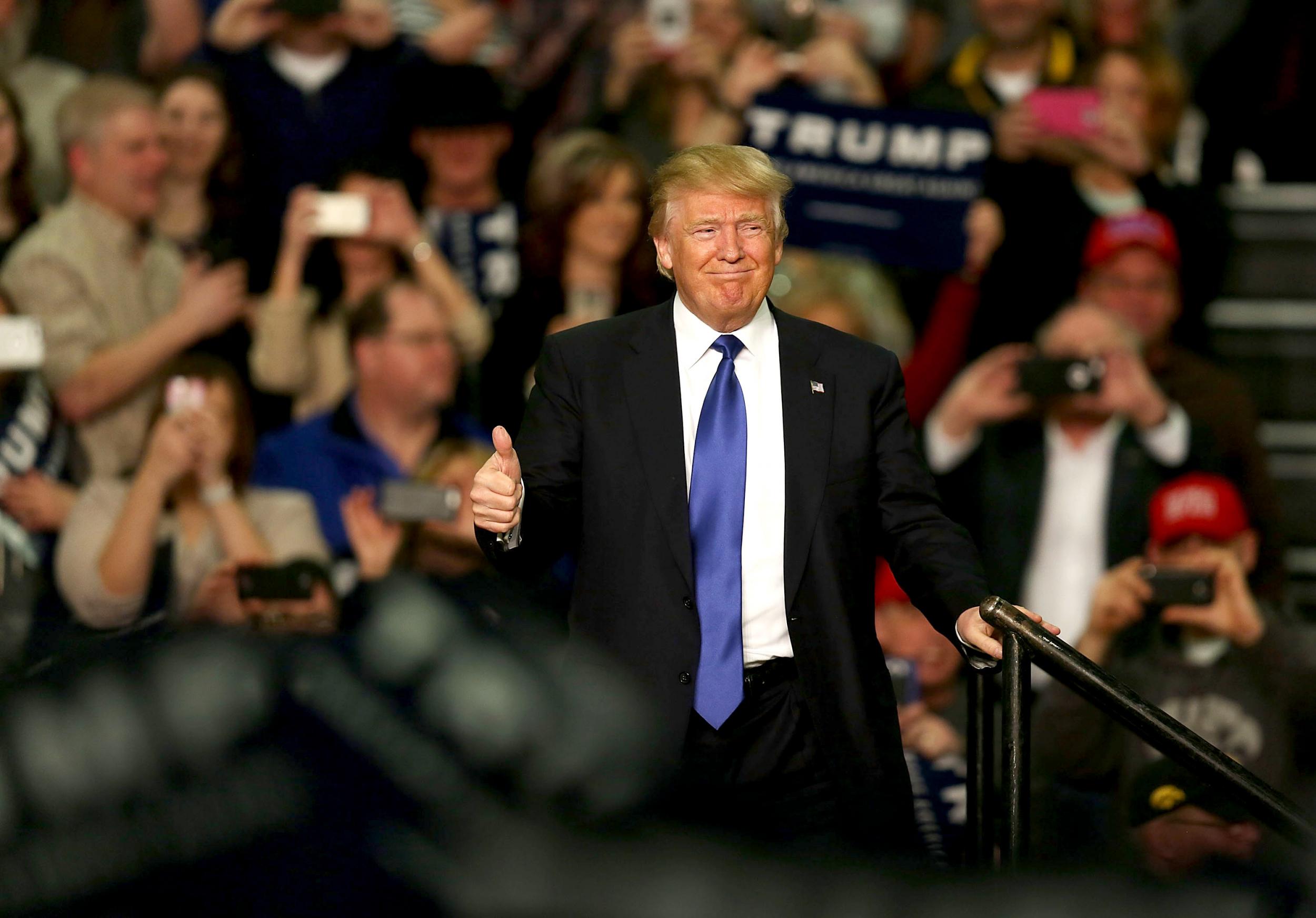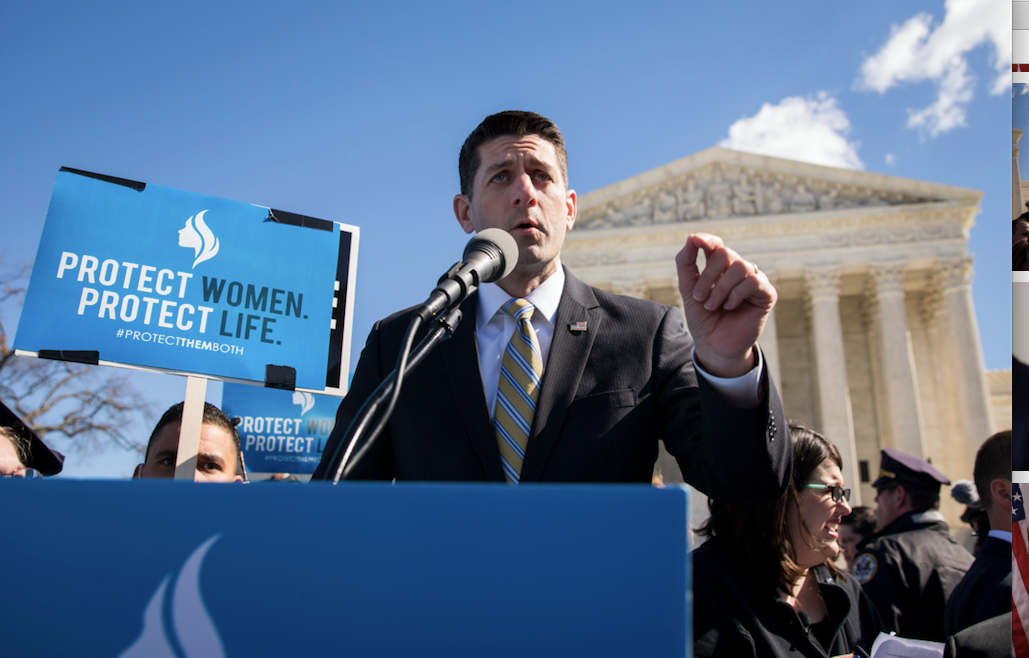Why Donald Trump wins – even if the election ends in a tie
In the event of an election tie – an outcome much more likely than in UK elections – Trump would almost certainly become President

Donald Trump, or any Republican presidential candidate, will only need to win 269 electoral college votes in a US general election, whereas Hillary Clinton, or any Democrat, will need to win 270, a new analysis by the Independent can reveal.
The difference is greater than it appears and could prove critical in eight months.
Presidents are elected in the US through the ‘electoral college’. If a candidate wins a state they get that state's electoral college votes. Big states have more votes, and the winner needs a majority of all the votes.
Except Trump won't. There are 538 votes, so 270 are theoretically needed. But it's possible that two candidates win 269 each. If so, the House of Representatives selects the President.
The problem for Clinton is that the House is – and will almost certainly remain – controlled by the Republicans.
They have a majority of representatives in 33 of America's 50 states, and would only need a majority of representatives to back Trump in 26 states.
Democrats have a majority in just 14 states, with three states having an equal number of members from each party.

Every representative in the House will be up for re-election this November, and the Democrats need to win new majorities in a dozen states.
But the Republicans are unlikely to lose their grip, because in much country they’ve fixed the rules.
Gerrymandering
‘Gerrymandering’ is a euphemism for rigging the vote by creating an electoral map that favours a particular party.
Unlike in the UK, congressional districts are almost entirely drawn by state legislatures (rather than an independent commission), most of which are now controlled by Republicans.
This has allowed state Republicans to create a system that favours national Republicans.
They do this by squashing Democratic voters in their state into certain areas, so that Democrats win one district in a landslide, but Republicans win many more narrow victories in nearby districts.
Republicans have done this most egregiously in seven big US states: Michigan, North Carolina, Pennsylvania, Wisconsin, Virginia, Ohio and Florida. (A Democrat legislature has done it in Illinois.)
This meant that in 2012, when President Obama won re-election, these seven states elected 73 Republicans and 34 Democrats – even though the two parties won almost as many votes as one another across these states (16.4 million voted Democrat, 16.7 million Republican).
As a consequence, Democrats now need to beat Republicans by around 7 percentage points in House elections to win an actual majority of representatives.
Democrats haven't had so weak a grip on the House for nearly 70 years.
And a big Democratic win seems unlikely in November, with polls suggesting Americans are split when it comes to a generic congressional ballot.

Because of gerrymandering, splits now lead to big Republican majority – and would lead to Trump’s election as President in the event of a tie.
But will it happen?
A tie is more likely than you might think.
It would happen if Trump wins a particular combination of the ‘battleground’, or ‘swing’, states which President Obama won in 2012, and he and Clinton otherwise win the states their parties so often win.
For instance if Trump won Ohio and Florida, two states Obama only narrowly won in 2012, along with Iowa and Wisconsin, he and Clinton would tie.

The same is true if he wins Florida, Wisconsin, New Hampshire and Pennsylvania (and no other states that voted for Obama); or Ohio, Pennsylvania, Michigan and Colorado.
These and other combinations are all plausible if Trump wins more ‘blue-collar’, or working-class, voters than John McCain or Mitt Romney won for the Republicans in 2008 and 2012.
His performance so far in the Republicans primaries indicates he may.
And while many congressional Republicans are trying to stop him leading their party, it seems inconceivable that they would select Hillary Clinton, who Republicans have spent three decades vilifying.
One vote may not seem like much, but it could make all the difference in November.
If the state delegations are split 25-25 and remain so until January 20, 2017, the Vice President-elect, who will have been selected by the Senate (which could by then be controlled by either Republicans or Democrats; it's currently Republican), will become President until a tie is broken.
Join our commenting forum
Join thought-provoking conversations, follow other Independent readers and see their replies
Comments